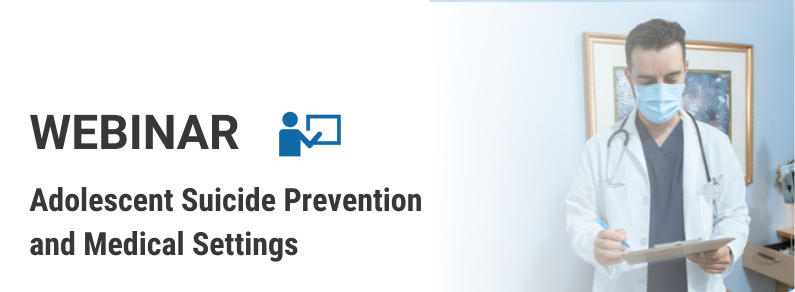Mental health professionals continue to provide therapy for patients using telehealth despite this new era of quarantine and COVID-19. This is a significant change for most but research suggests that telehealth can be just as effective as face-to-face therapy and for some patients, it is even preferable. Many clinicians were treating patients at risk for suicide safely in outpatient settings, rarely turning to hospitalization, prior to this quarantine and can continue to provide safe and effective care using telehealth.
New patients expressing thoughts of suicide may also emerge during this time. In a time when hospitals are already beyond capacity and risk for transmission of coronavirus disease is extremely high within the walls of the physical health care setting, hospitalization or emergency department visits for people expressing thoughts of suicide should be kept to a minimum. The use of evidence-based suicide care practices can significantly reduce suicide thoughts and behaviors, even when delivered via telehealth.
This webinar addressed the use of three best practices in caring for people at risk for suicide that can be delivered easily and effectively via telehealth: safety plans, treatment that directly targets thoughts of suicide, and DBT-based self-help skills and resources that clinicians can start employing in treatment immediately as well as share with patients.
Speakers:
Dr. Barbara Stanley, Columbia University and New York State Psychiatric Institute, Dr. David Jobes, The Catholic University of America, and Dr. Ursula Whiteside, Founder, NowMattersNow.org and Clinical Faculty, University of Washington. These three speakers are national and international experts in suicide prevention and treatment. They presented these three treatment practices with a focus on how to start using them immediately with patients via telehealth.
Additional Resources
Check out these short webinar excerpts in which Dr. Stanley provides concrete tips for making sure clients stay safe without having to rely on hospitalization. Take a few minutes to learn about initiating and maintaining remote contact, assessing suicide risk, and developing a safety plan remotely.
Archived Webinar
PowerPoint Slides
Supplemental Resources: Treating Suicidal Patients during COVID-19: Best Practices and Telehealth Webinar
Transcript







